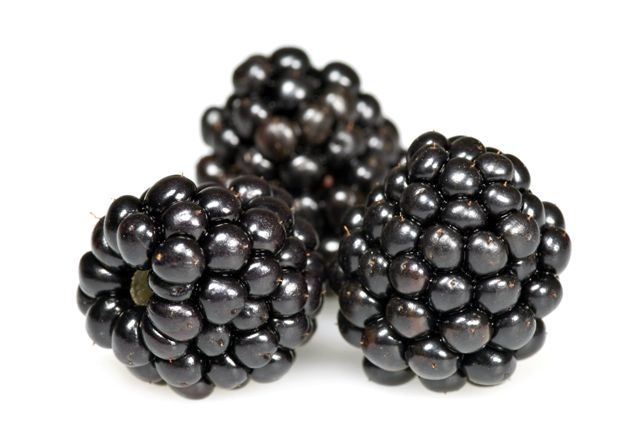Blackberries in the Garden or Allotment

Blackberries are one of the joys of late summer. And you can find them in so many places growing wild that you may be asking why you would want to grow your own. I was always pretty sceptical until I tried it, and realised that you can grow thornless blackberries and that cultivated blackberries are usually much sweeter and tastier than wild ones.
Growing blackberries
If you’ve ever tried to get rid of an unwanted bramble, you’ll know that growing blackberries isn’t the difficult bit. The hard part is growing them where you want them, and keeping them under control. Any reasonably fertile topsoil (click here if you need to buy topsoil) is going to result in blackberries growing! And you’ll only need one bush, as they really do produce and produce.
If you’re looking for a thornless variety — and honestly, why would you grow any other sort?—then look out for varieties such as Loch Ness or Oregon Thornless. You can also buy smaller, less vigorous varieties for growing in containers.
If you want to train your blackberry, have a frame in place before you start. Tie the new shoots together as they grow to keep them out of the way of gathering the fruits. And then, in the autumn, once the plant has fruited, cut down all the fruited stems, and tie in the framework of new shoots as these are the ones that will fruit next year.
Using blackberries
Blackberries freeze beautifully, so you don’t have to worry about using them up quickly. Spread them out on a baking tray, and pop it into a drawer of your freezer. Once they’re frozen, you can put them into bags, and use them in whatever quantities you want, as they’re easy to separate if frozen this way.
If you do want to make jam or jelly, blackberry and apple is a superb combination, and really easy to set because of the pectin in cooking apples. Apple and blackberry jam requires 4lb of apples, 2lb of blackberries, and 4½lb sugar. Blackberry jam uses 3lb of blackberries to 2½lb sugar. And jelly uses one cooking apple to every pound of blackberries, to which you add the juice of one lemon. Once you’ve cooked and strained the fruit, you add 1lb of sugar to every pint of juice, boil, and test for a set every five minutes or so. In a good year, you’ll have plenty of blackberries to use, and the joy of feeling like a real domestic god or goddess when you look at your lovely jars of jam.
So if you have a bit of room, consider giving a blackberry plant a home and enjoy its fruit for many years to come.
